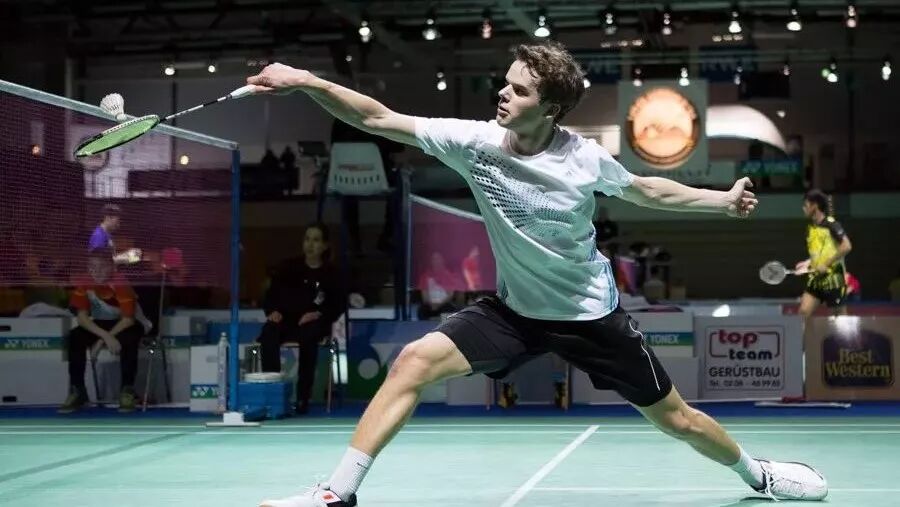Why are more and more girls choosing badminton over table tennis? Here's what netizens have to say...

As a sports enthusiast, I often head to the gym after work—whether it’s badminton, basketball, soccer, or table tennis.
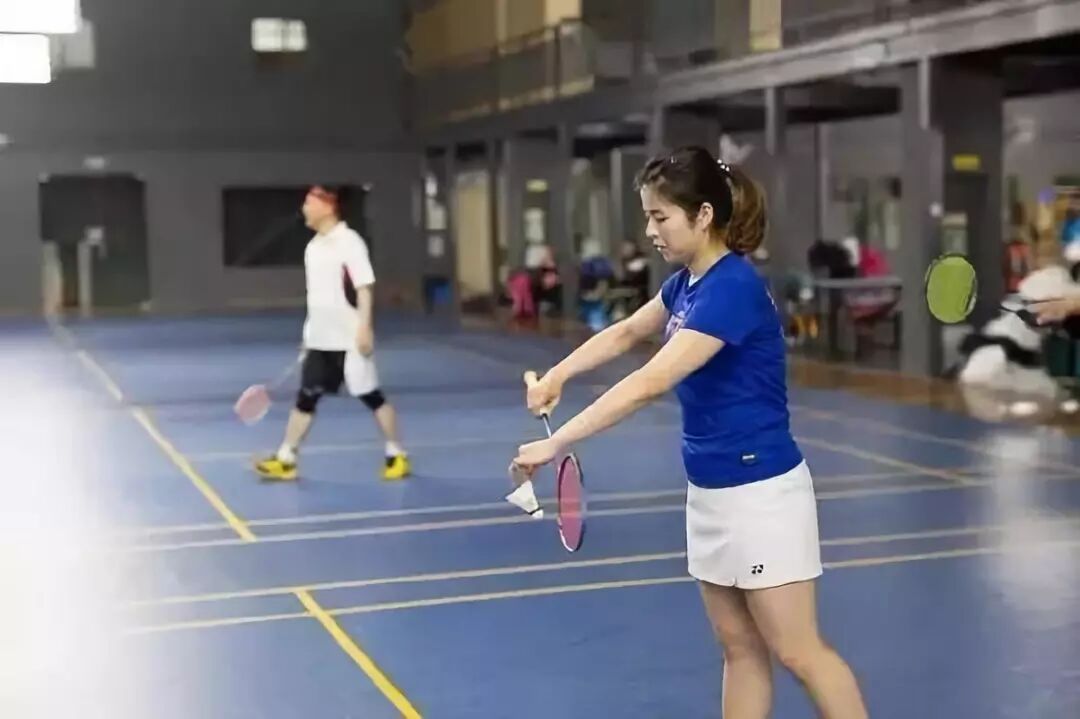
01

02

03

04
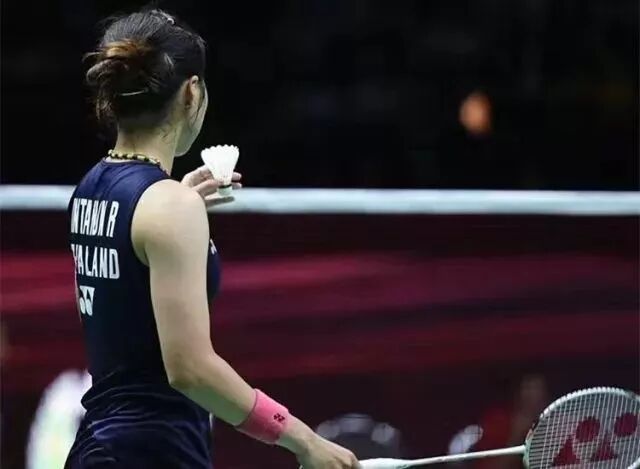

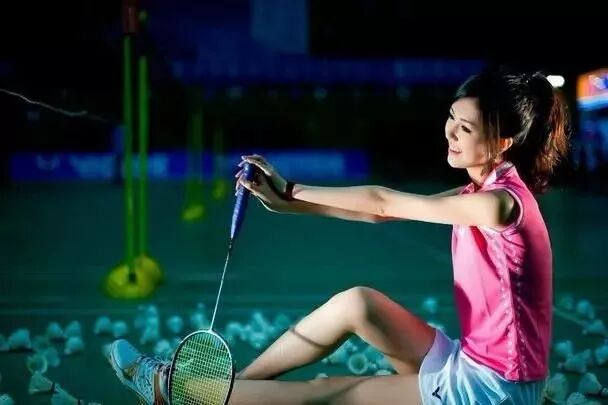

....................................................................................
A metaphor for carefully crafted or overly embellished writing and carved seals. Among ancient seals, the "gu xi" stands out as the earliest type, predominantly dating back to the Warring States period, though some pieces even trace their origins to the Spring and Autumn era. These ancient seals are categorized into two main types: official and private. During that time, both officials and commoners referred to them simply as "xi," regardless of social status. Before the Qin dynasty, they were often inscribed with symbols like "□" or "□." The text on these seals could be either in relief (known as "zhuwen," where characters protrude) or recessed ("baiwen," where characters are indented). The shapes and sizes of gu xi seals varied widely—ranging from rectangular and square to round and other unique forms. Their content typically included titles, personal names, auspicious phrases, or symbolic animal motifs. Gu xi seals were meticulously crafted, either by chiseling or casting. The inscriptions were exquisitely detailed, with dynamic compositions that brought each piece to life. Some zhuwen seals featured broad borders, while many baiwen seals incorporated grid patterns. Additionally, there was a distinctive variety of seals combining both zhuwen and baiwen styles, showcasing the advanced craftsmanship of the time. Notably, three artifacts resembling gu xi seals have been discovered at the Yinxu ruins in Anyang, Henan Province. Based on this find, some scholars speculate that the origins of gu xi seals may lie in the Shang Dynasty, though further research is still needed to confirm this theory. By the Qin dynasty, the emperor's seal was officially called a "xi," while ordinary citizens' seals were referred to as "yin." Qin-era seals were typically inscribed in one of the eight standardized scripts known as "Qin Shu Ba Ti," closely resembling the popular small seal script used during that period. Qin seals were characterized by their dignified and elegant designs. Official seals often featured square shapes adorned with "kou" or "tian" grid patterns, while rectangular seals (also known as "ban tong yin") frequently incorporated "ri" grid patterns—hallmarks of Qin seal-making. Beyond official and private seals, the Qin dynasty also saw the emergence of seals incorporating idiomatic expressions, laying the groundwork for what would later become the tradition of "xianwen yin"—seals featuring literary quotations. This innovation set the stage for future developments in seal carving. During the Han dynasty, the use of seals reached unprecedented heights of artistic and cultural significance. While emperors continued to call their seals "xi," all other seals were now referred to as "yin." Among official seals, some were labeled "zhang" or "yin zhang," while private seals might be called "xin yin" or "yin xin"—a term that eventually gave rise to the modern word "yin zhang," meaning "official seal." Han seals exhibited greater diversity in both content and form compared to earlier periods, particularly in the realm of private seals, which came in an astonishing array of styles and themes. The most common script used for Han seals was "miao zhuan," a style closely tied to the rise of clerical script during the Han era. This script featured simplified structures and straight, clean lines, reflecting the evolving aesthetic sensibilities of the time. Decorative elements such as bird-and-insect scripts were also popular, adding a highly ornamental flair that elevated these seals to the status of miniature works of art. Many Han seals were cast, though chiseled versions were not uncommon, especially toward the end of the Western Han period, when craftsmanship reached its zenith. By contrast, seals from the Eastern Han era were predominantly chiseled, reflecting the turbulent times marked by frequent political upheavals and military conflicts. In such unstable conditions, officials and generals were often reassigned or even killed in battle, leading to a surge in the issuance of new seals. As a result, many seals went uncast and were instead hastily carved directly onto pre-prepared seal blanks, often resulting in less refined, more raw-looking inscriptions. Despite their rustic appearance, these Han-era seals left a lasting legacy, influencing subsequent generations of seal carvers with their bold, dynamic styles. Whether cast or chiseled, Han seals were celebrated for their striking contrasts between solemnity and vibrancy, leaving an indelible mark on the evolution of Chinese seal carving. In terms of official versus private seals, the distinction became even clearer during the Han dynasty. For instance, the "□ Guan Quan Cheng" seal exemplifies an official seal, while the "Sun Qian Yin Xin" seal represents a private one. Ancient China also employed another intriguing method of sealing documents: "feng ni," or clay seals. Initially mistaken for seal molds, these clay impressions were actually imprints left behind when seals were pressed onto soft clay. Before the invention of paper, people commonly recorded official documents, financial records, and personal correspondence on bamboo or wooden slips. To ensure confidentiality and prevent tampering, they would affix a small amount of soft clay to the knots securing these slips before stamping the seals over it—a practice known as "jian." Similarly, certain objects were sealed using this technique to maintain their integrity. When seals were pressed into the clay, they left behind distinctive impressions characterized by wide, well-defined borders. Particularly notable was the "baiwen" style, where the recessed characters created a striking visual effect, transforming the original white ink into vivid red upon removal of the seal. This unique feature imbued Han-era feng ni seals with an earthy, almost primitive charm, making them highly prized for their artistic appeal. As for the relationship between bird-and-insect script seals and feng ni impressions, the "Yi Wu" seal showcases the former, while the "Qi Yu Shi Da Fu" seal exemplifies the latter. Both styles reflect the rich tapestry of artistic expression that flourished during the Han dynasty. During the Three Kingdoms, Two Jin, and Northern and Southern Dynasties periods, seal-making largely followed the established traditions of the Han era. However, by the late Northern and Southern Dynasties, paper had become widely adopted, prompting a shift in sealing practices. The traditional method of using feng ni began to decline, replaced by the application of cinnabar-infused ink pads to press seals directly onto surfaces—a technique known as "ru zhu." Throughout the Sui, Tang, Five Dynasties, Song, and Yuan dynasties, official seals grew larger, with a growing preference for zhuwen inscriptions. To fill the expansive seal surfaces, artists skillfully arranged characters in intricate, winding patterns that cleverly concealed any gaps. By the Song dynasty, this approach evolved into the elaborate "jiu die zhuan" style, which sacrificed elegance for sheer density, losing much of the graceful balance that had defined earlier seal scripts. The Qing dynasty witnessed a remarkable revival of interest in seal carving, driven by the burgeoning field of epigraphy—the study of ancient inscriptions on bronze and stone artifacts. As scholars delved deeper into these historical treasures, they gained fresh insights into ancient scripts and techniques, inspiring a wave of creativity among contemporary seal carvers. The Qing era produced an unprecedented diversity of seal carving schools, each with its own distinct style and philosophy. Among the early masters of the Qing period, Cheng Sui stood out as a visionary innovator who successfully broke free from the rigid conventions of his predecessors. His work masterfully blended the bold, expressive qualities of Ming-era seal carvings with the refined elegance of Han-era designs, creating a harmonious synthesis that redefined the boundaries of the art form. Cheng's baiwen seals exuded a profound sense of weight and solidity, while his zhuwen creations showcased an imaginative playfulness that captivated audiences worldwide. Meanwhile, the mid-Qing period marked the golden age of seal carving, with luminaries like Gao Fenghan, Wang Shishen, Ba Weizu, Dong Xun, and Hu Tang pushing the boundaries of creativity even further. Among them, Ding Jing emerged as a true pioneer, whose groundbreaking innovations laid the foundation for the Zhejiang school of seal carving. Drawing inspiration from both Ming and Han traditions, Ding infused his work with a bold, experimental spirit that challenged conventional norms and opened up entirely new avenues for artistic exploration. Ding Jing's most significant contribution was the establishment of the Zhejiang school, named after the region where he spent much of his career. This influential movement was carried forward by a cohort of talented disciples, including Jiang Ren, Huang Yi, Xi Gang, Chen Yuzhong, Chen Hongshou, Zhao Zhichen, and Qian Song—collectively known as the "Xiling Eight Masters." Among them, Qian Song distinguished himself as a true trailblazer, boldly transcending the stylistic constraints of the Zhejiang school. With his innovative use of knife techniques and mastery of three-dimensional effects, Qian Song redefined the possibilities of seal carving, earning him widespread acclaim as the founder of the Qian school. Following in Ding Jing's footsteps, the Qing dynasty's seal carving scene continued to flourish under the guidance of other pioneering figures, most notably Wu Xizai and Xu Sangeng. While Wu Xizai remained deeply rooted in the traditions of the Zhejiang school, he introduced subtle yet transformative innovations that breathed new life into the art form. Meanwhile, Xu Sangeng pushed the boundaries of creativity even further, seamlessly blending the fluidity of brushwork with the precision of knife techniques, creating seals that were both visually stunning and technically masterful. However, despite these remarkable achievements, the late Qing period ultimately fell into a state of stagnation, with most seal carvers reverting to outdated styles inspired by the Qin and Han dynasties. Although masters like Ong Dayan, Wang Shijing, and Xu Lun demonstrated exceptional skill and dedication, their work often lacked the creative spark necessary to propel the art form into the future. It was only through the visionary contributions of a few truly gifted artists—such as Zhao Zhijian, Hu Changshuo, and Huang Shilin—that the Qing seal carving scene managed to regain its vitality and relevance. Among them, Zhao Zhijian stood out as a true polymath, whose profound expertise in calligraphy, painting, and seal carving allowed him to craft works of unparalleled beauty and depth. Drawing inspiration from both the Zhejiang and Anhui schools, Zhao seamlessly integrated the strengths of each tradition, creating seals that were both elegant and dynamic. His baiwen seals exuded a serene dignity, while his zhuwen creations shimmered with vibrant energy, capturing the delicate interplay between light and shadow with breathtaking precision. Meanwhile, Hu Changshuo emerged as a towering figure in the world of seal carving, renowned for his mastery of both traditional and avant-garde techniques. A consummate artist whose work seamlessly blended the rugged intensity of the Zhejiang school with the refined elegance of the Anhui tradition, Hu Changshuo redefined the very essence of seal carving, elevating it to new heights of artistic excellence. His seals were celebrated not only for their technical brilliance but also for their profound emotional resonance, which resonated deeply with audiences around the globe. Finally, Huang Shilin rose to prominence as one of the most innovative and influential figures in the history of Qing seal carving. A prodigious talent whose work seamlessly blended the rugged intensity of the Zhejiang school with the refined elegance of the Anhui tradition, Huang Shilin redefined the very essence of seal carving, creating works that were both technically masterful and emotionally evocative. His seals were celebrated not only for their technical brilliance but also for their profound emotional resonance, which resonated deeply with audiences around the globe. In summary, the Qing dynasty witnessed a remarkable resurgence of interest in seal carving, driven by the pioneering efforts of visionary artists like Ding Jing, Wu Xizai, and Xu Sangeng. Through their innovative approaches and unwavering commitment to artistic excellence, these masters redefined the very essence of seal carving, paving the way for future generations of artists to explore new frontiers of creativity and expression.
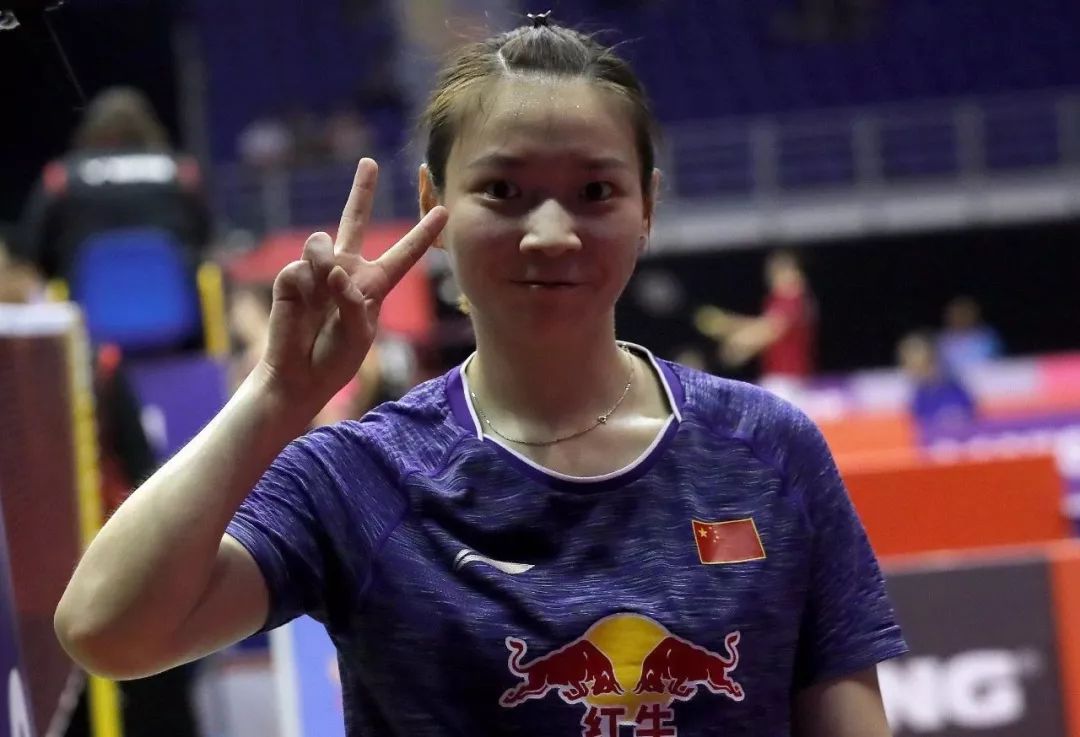


Related Articles

A badminton player sues their partner after sustaining an injury during a match—and the court ruled as follows, based on the Civil Code!
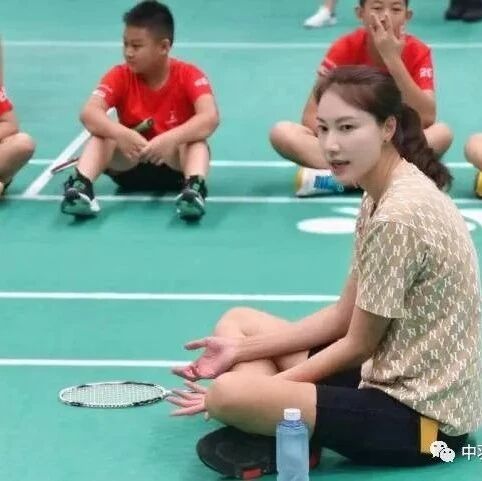
Launching a new venture, Lin Dan makes strategic moves, while Xie Xingfang joyfully takes on her new role—revealed to everyone's delightful surprise!
